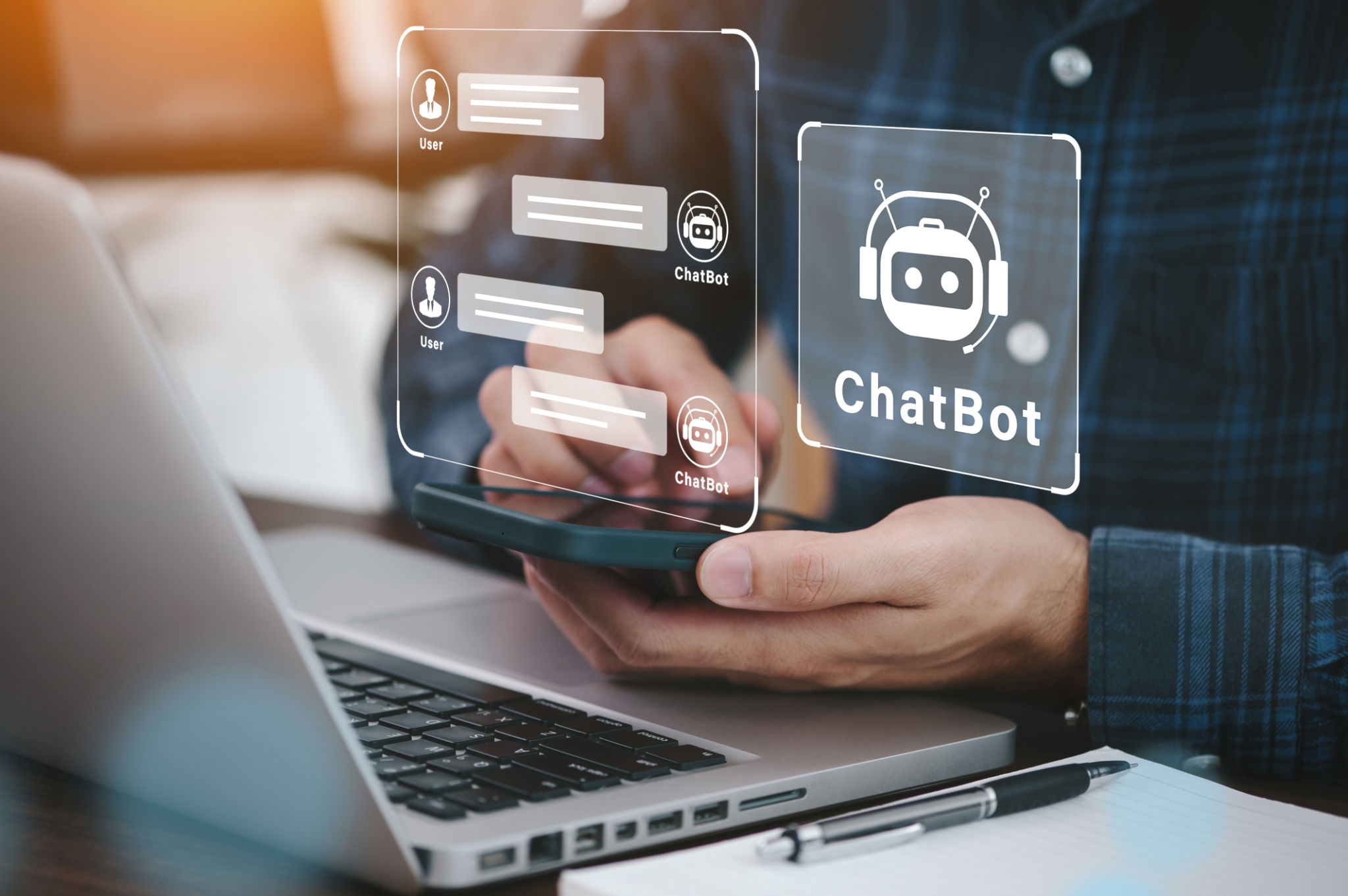Building a Custom Chatbot: A Step-by-Step Guide for Businesses
MA
Understanding the Importance of Custom Chatbots
In today's digital age, businesses are increasingly turning to chatbots to enhance customer experience, streamline operations, and boost engagement. A custom chatbot can serve as a 24/7 virtual assistant, answering customer queries, guiding users through purchases, and even providing technical support. By tailoring a chatbot to your specific business needs, you can ensure a more personalized and efficient interaction with your audience.
Custom chatbots offer the advantage of being specifically designed to understand and respond to the nuances of your business language and customer interactions. This customization ensures that the conversational flow aligns with your brand's tone and style, making customer interactions more natural and engaging.

Defining Your Chatbot's Purpose
Before diving into the development process, it's crucial to define the primary purpose of your chatbot. Consider what tasks you want the chatbot to perform. Is it meant to handle customer service inquiries, assist in sales, or provide information? Clearly identifying the objectives will guide the design and functionality of your chatbot.
Once you have defined the purpose, consider the target audience. Understanding your users' preferences and expectations will help in crafting dialogues that resonate well with them. This step ensures that your chatbot is both relevant and useful to the users it interacts with.
Choosing the Right Platform and Tools
Selecting the appropriate platform and tools is a vital step in building a custom chatbot. There are numerous platforms available, each offering various features and capabilities. Popular platforms like Dialogflow, Microsoft Bot Framework, and IBM Watson provide robust solutions for creating intelligent chatbots. Evaluate these platforms based on ease of use, scalability, and integration capabilities with your existing systems.

Besides choosing a platform, you'll need to decide on the programming languages and frameworks that suit your development team's expertise. This choice can influence the complexity and flexibility of your chatbot's features.
Designing Conversational Flow
A well-designed conversational flow is critical for a successful chatbot. Begin by mapping out potential user interactions through flowcharts or diagrams. Identify key decision points, possible user inputs, and corresponding responses. This visual representation will help in creating a seamless dialogue experience.
Incorporate natural language processing (NLP) capabilities to enable the chatbot to understand and interpret user intent effectively. NLP helps in handling varied user inputs and enhances the chatbot's ability to provide accurate responses.

Implementing and Testing Your Chatbot
Once the design phase is complete, it's time to implement your chatbot using the chosen platform and tools. Develop the necessary code to support your chatbot's functionalities and integrate it with your systems. Ensure that it can handle both simple queries and complex interactions.
Testing is a crucial part of the development process. Conduct extensive testing to identify any bugs or issues that could affect performance. Test different scenarios and user interactions to ensure that the chatbot responds appropriately in various situations.
Launching and Monitoring Performance
After testing, launch your chatbot on the desired channels, such as your website, mobile app, or social media platforms. Monitor its performance closely after deployment to ensure it operates smoothly and meets user expectations.
Collect feedback from users and analyze interaction data to identify areas for improvement. Regular updates and enhancements based on user feedback will help in maintaining an efficient and effective chatbot over time.

Continuously Improving Your Chatbot
The development of a custom chatbot doesn't end at launch. Continuous improvement is vital to keep up with changing user needs and technological advancements. Regularly update your chatbot with new features, improved dialogues, and enhanced functionalities to maintain its relevance and effectiveness.
Stay informed about emerging trends in AI and chatbot technology to incorporate innovative solutions into your bot. This proactive approach will ensure that your chatbot remains a valuable asset for your business.
The Future of Custom Chatbots
As AI technology continues to evolve, the potential for custom chatbots is boundless. Businesses can leverage these advancements to create even more sophisticated bots capable of handling complex tasks and offering personalized experiences.
By investing in custom chatbots today, businesses position themselves at the forefront of digital transformation, paving the way for improved customer satisfaction and operational efficiency in the years to come.
